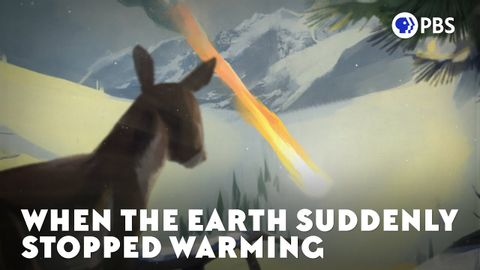当地球突然停止变暖时(When the Earth Suddenly Stopped Warming)
joey joey 發佈於 2021 年 05 月 03 日  沒有此條件下的單字
沒有此條件下的單字US /ˈɛpɪˌsod/
・
UK /'epɪsəʊd/
- n.插曲;集;(電視或廣播節目的)一集;事件;一段時期;(疾病的)發作
US /səˈner.i.oʊ/
・
UK /sɪˈnɑː.ri.əʊ/
- v.t./i.出現;估計;我認為〜;認為
- n.身影;(計算過的)數量;肖像;圖;形狀;人物;名人;人影;數字

